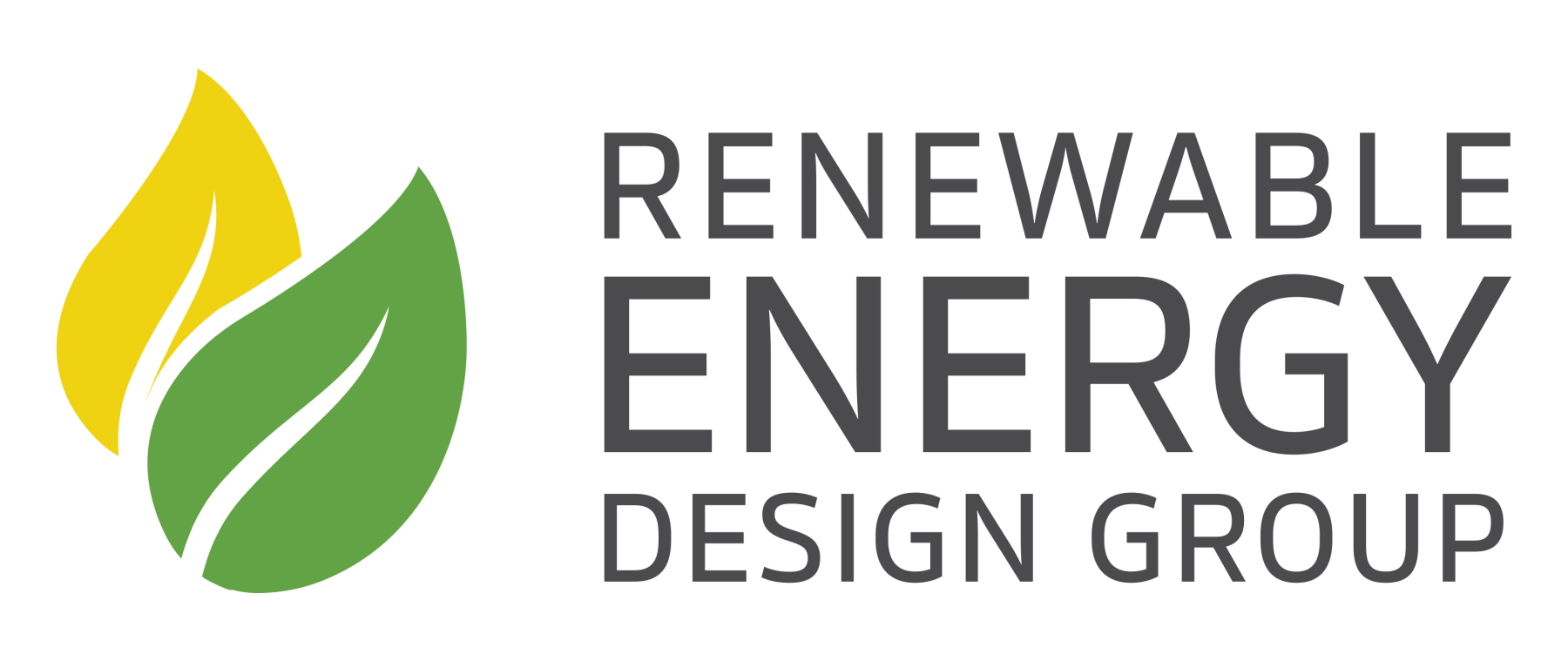Many people are turning to solar power to cut their electric costs and benefit the environment. Some, in jurisdictions where it’s allowed, are selling power back to the grid. In the Carolinas we find the return on solar investments is maximized by offsetting no more than 80% of clients’ annual energy consumption. That cuts power bills immensely. Here are steps RED Group takes care of to determine how many solar panels clients need:
Check Bills.
12 months of actual electricity use enables us to most accurately forecast clients’ future energy consumption. Electricity consumed is measured in kWh, or kilowatt-hours. We overlay the seasonal ebb and flow of clients’ energy use with average annual fluctuations in solar irradiance. Optimal system sizing produces the majority of energy consumed year-round, but doesn’t overproduce electricity that could neither be consumed nor sold.
Adjust for Change in Usage Over Time.
If clients plan to buy electric vehicles, expand operations, or otherwise increase usage, we compensate for that increased consumption and “right-size” clients’ solar energy systems. An increase in projected kWh consumption translates to a need for a larger system, measured in kW (or kilowatts).
Check Sunshine & Site.
RED Group utilizes satellite imagery and National Oceanic and Atmospheric Administration (NOAA) weather data to generate initial proposals. Based on power needed, available area, and estimates of proposed solar energy systems’ production, we forecast the cost and internal rate of return for a given investment in solar.
Measure Twice.
When clients choose to proceed, we measure and confirm the following in person:
- Azimuth: the “cardinal direction” orientation of the solar panels. While south-facing roofs are ideal, east and west orientations still produce clean energy.
- Tilt: the pitch of the solar panels. The ideal tilt in North Carolina is 36°. Roofs determine the tilt for roof-mounted panels. We match the tilt to the latitude to maximize production of ground-mounted systems.
- Shade: the measurement of all trees, chimneys, ventilation pipes, other buildings, and that block sunlight from the panels. Shading obviously reduces solar panels’ output.
- Area: the total unobstructed surface available for solar panel installation. RED Group works with clients to customize efficient and aesthetically pleasing designs…so solar installations perform great – and look great, too.
Finalize the Number of Solar Panels Needed & Their Projected Output.
Solar panels are rated by the watts they generate in DC power. A 20-panel system comprised of 350-watt panels would be rated at 7,000 watts, or 7 kW DC. While every installation varies, an average price range for a 7 kW residential rooftop installation is $19,000 – $23,000, with an average internal rate of return ranging from 8-12% over the 25-year warrantied life of the system.
Every home and commercial building is different. This is why we need an address and 12 months of energy bills to provide an accurate, customized proposal. Trust our experience to ensure the right number of solar panels for your home or business.
